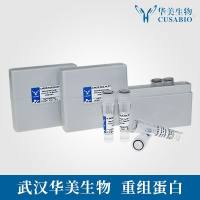Adhesion Molecules: Potential Therapeutic and Diagnostic Implications
互联网
431
The role of cell adhesion molecules (CAMs) and extracellular matrix (ECM) proteins in various pathological processes, including angiogenesis, thrombosis, inflammation, apoptosis, cell migration, and proliferation is well documented. These processes can lead to both acute and chronic disease states such as ocular diseases, metastasis, unstable angina, myocardial infarction, stroke, osteoporosis, a wide range of inflammatory diseases, vascular remodeling, and neurodegenerative disorders. A key success in this field was identification of the role of platelet glycoprotein (GP)IIb/IIIa in the prevention and diagnosis of various thromboembolic disorders. The use of soluble adhesion molecules as potential diagnostic markers for acute and chronic leukocyte, platelet, and endothelial cell insult is becoming increasingly common. The development of various therapeutic and diagnostic candidates based on the key role of CAMs, with special emphasis on integrins in various diseases, as well as the structure–function aspects of cell adhesion and signaling of the different CAMs and ECM are highlighted.







